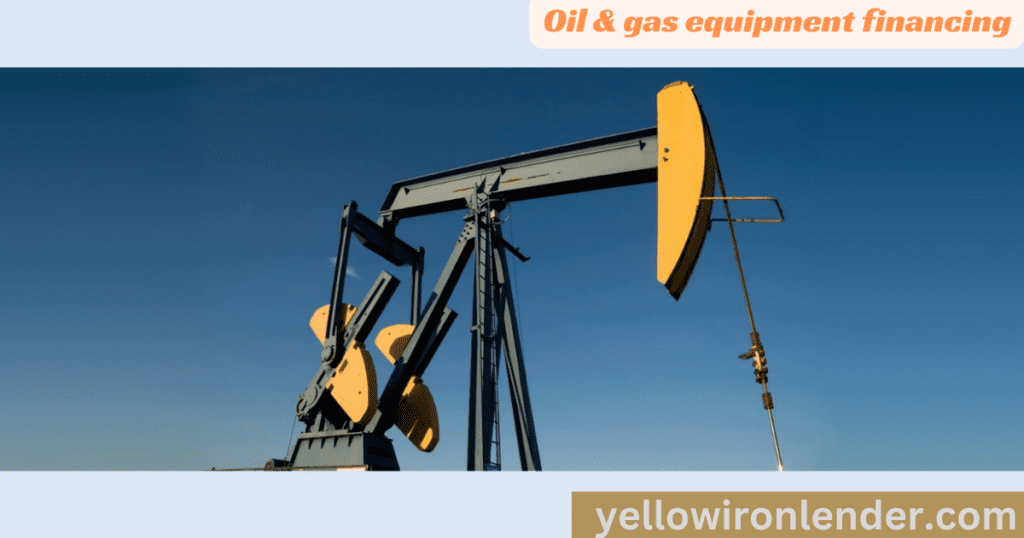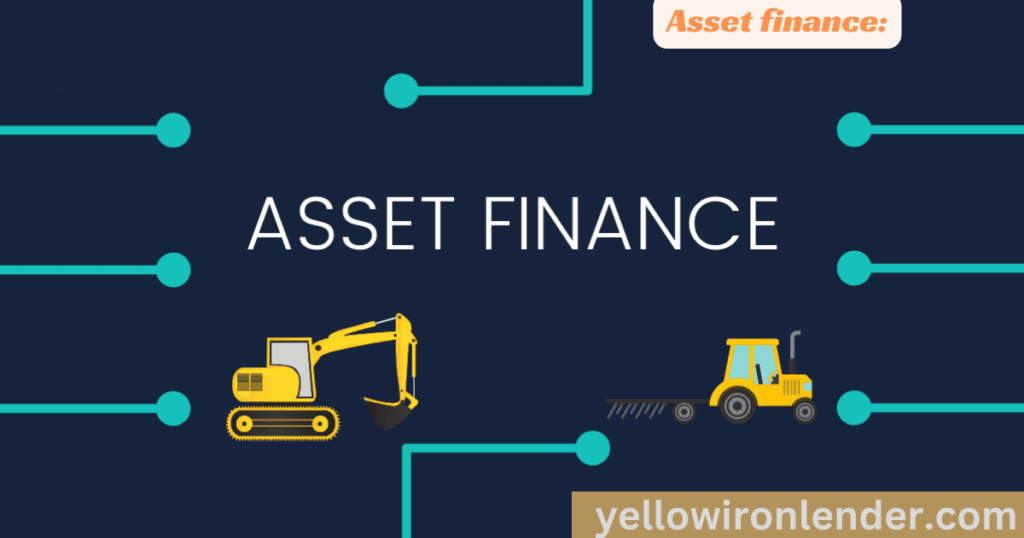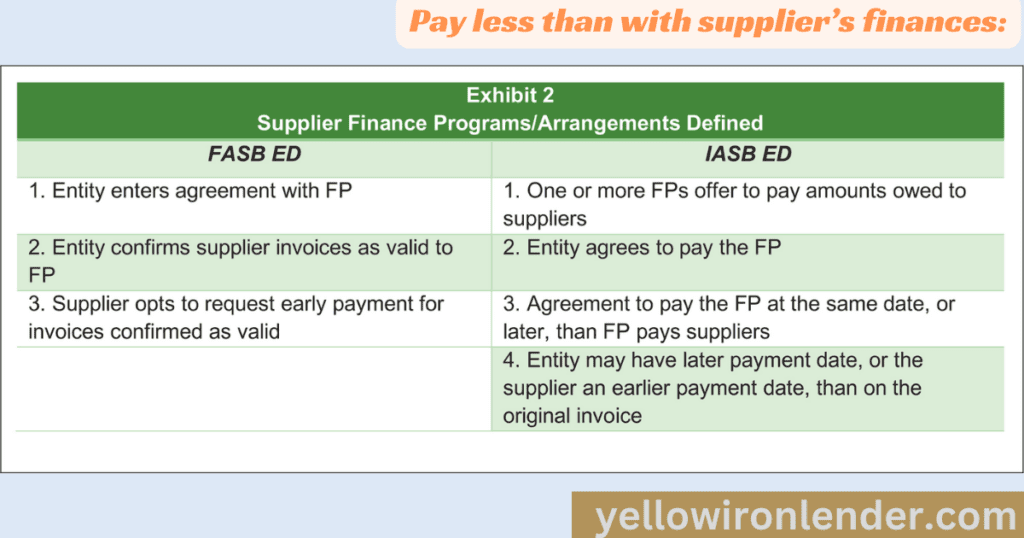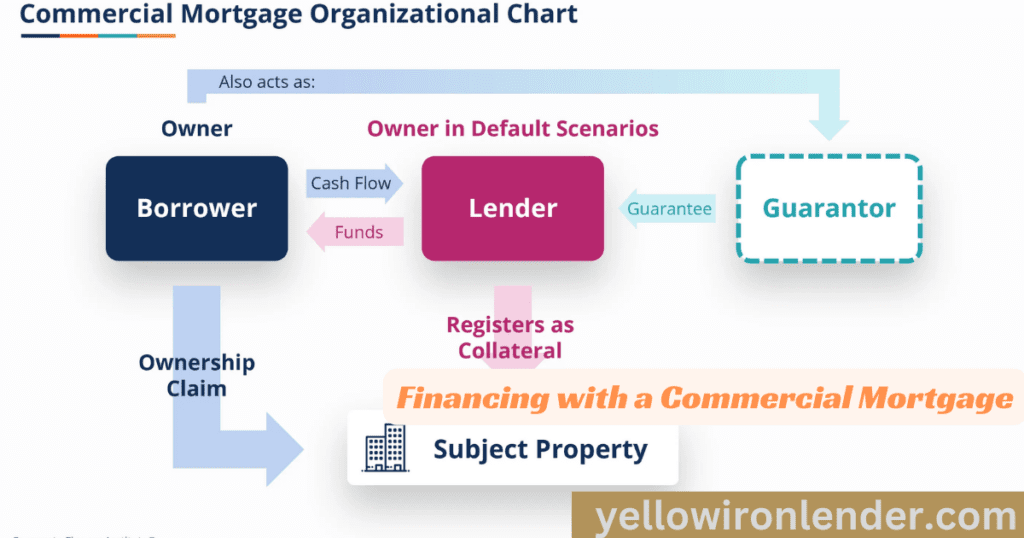Oil & gas equipment financing

Oil and gas equipment financing is a specialized financial solution designed to support businesses operating in the oil and gas industry. This form of financing is crucial for companies that require substantial capital to acquire, upgrade, or maintain equipment essential for exploration, drilling, extraction, and processing within the energy sector.
Key aspects of oil and gas equipment financing include:
1. Asset Acquisition: Oil and gas operations heavily rely on specialized equipment, such as drilling rigs, extraction machinery, and processing units. Financing allows businesses to acquire these high-value assets without placing a significant upfront burden on their capital.
2. Technology Upgrades: The oil and gas industry continually evolves with advancements in technology. Equipment financing enables companies to stay competitive by upgrading their technologies, improving efficiency, and reducing environmental impact.
3. Customized Financing Packages: Lenders specializing in oil and gas equipment financing understand the unique challenges and opportunities within the industry. They often offer tailored financial packages with flexible terms, accommodating the cyclical nature of the energy sector.
4. Risk Mitigation: The oil and gas industry is inherently complex and involves various risks, from market fluctuations to regulatory changes. Financing helps in spreading the cost of equipment over time, aligning with cash flows, and mitigating financial risks.
5. Compliance and Safety Standards: Stringent safety and environmental regulations are inherent in the oil and gas sector. Equipment financing providers are often well-versed in these regulations, helping companies acquire equipment that meets the necessary compliance and safety standards.
6. Market Adaptability: Given the volatility in energy markets, the ability to adapt quickly to changing conditions is crucial. Oil and gas equipment financing provides the financial agility necessary for companies to navigate market fluctuations and seize strategic opportunities.
In essence, oil and gas equipment financing is a strategic tool that empowers businesses to optimize their operations, maintain competitiveness, and navigate the dynamic landscape of the energy industry. Whether it’s expanding production capacity, adopting innovative technologies, or ensuring compliance with stringent regulations, this financial solution serves as a cornerstone for sustainable growth in the oil and gas sector.
Exploration:
The oil industry is highly competitive. Whether you’re working upstream, midstream, or downstream, success depends on having the right equipment. Obtaining the right equipment is dependent on the availability of adequate funding.
Equipment technology has always been at the heart of every step of the oil and gas industry. Meeting the industry’s stringent technical requirements is not just about having the right equipment. In situations where profit margins are tight, the right technological solutions are also critical to productivity.
There is still room for small specialist companies serving the oil and gas sector, but they face the same challenges as large companies, regardless of their line of business. Using the right equipment with appropriate ratings and certifications is critical to meeting regulatory requirements and securing the necessary contracts.
Each sector of the industry has its specific equipment requirements, many of which provide scope for small businesses to provide service and support, as well as present funding requirements to operators.
Production:
Exploration and development is an expensive and risky business. This means that exploration of offshore and remote areas is usually only possible for very large companies or central governments. However, onshore and reservoir sites, and new developments such as hydraulic fracturing, may offer prospects within the reach of independent operators. Equipment needs range from specialized research and support vessels and all-terrain vehicles to sensitive seismic systems and equipment. Modern IT and specialized software are now the industry standard.
British production peaked in 1999, but there is still more to be discovered and mined. However, the offshore oil and gas industry faces two challenges. The first is to find ways to safely and economically increase the yield of existing oil fields, and the second is to enable economic extraction from smaller or more complex deposits. Hardware requirements include wellheads, turbines, tanks, pumps and piping, filter compressors and complete platforms, and subsea equipment.
Decommissioning:
Decommissioning is becoming increasingly important. Over the next few decades, more and more decommissioned oil and gas facilities will be decommissioned or completely decommissioned. While unplugging and abandoning wells and moving and removing derricks, pipelines, and power cables may require specialized knowledge and equipment, the decommissioning of decommissioned offshore facilities is subject to strict national, regional, and international regulations. It is governed by a legal framework. Equipment needs range from standard industrial demolition vehicles, cranes, and heavy lifting and cutting equipment to specialized handling and receiving equipment tailored to environmental protection requirements.
Downstream:
Downstream efficiency, reliability, and process safety are of paramount importance for today’s refineries and petrochemical plants. In addition to heavy equipment and ships, refining and petrochemical operations require a wide range of chemical, mechanical, digital, and service solutions. Pumps, filtration, and environmental protection measures require continued investment. The maintenance and provision of these key elements and associated control and monitoring systems can provide flexibility to external companies supplying products to large companies.
At Rangewell, we can help you find solutions to your petrochemical equipment needs.
Your Funding options:
Almost all equipment in the oil and gas industry is built to high standards and often requires certification, making it expensive. Fortunately, there are many financing options available to help you finance the equipment you need.
- Asset Finance
- Borrowing
- Commercial Mortgage Loans
- Asset Finance
Asset finance:

Asset Finance is a collective term for hire purchase and leasing. These solutions can help you finance new assets to purchase virtually any type of tool, vehicle, or equipment.
Hire purchase- Buying equipment for your business:
Rental purchases provide an easy way to spread the cost of equipment for your business. You will typically need to pay a deposit of 5-25% of the total amount and repay the balance with interest over an agreed period of up to 60 months. You pay a fixed interest rate and agreed monthly payments, making it easier to budget.
You also have the option to structure your payments to match your projected cash flows. For example, you can keep your monthly repayments low by agreeing to a final lump sum payment, a so-called balloon payment, at the end of the loan term. This means that the equipment has had enough time to generate its costs when production is fully operational.
Rental purchase provides a solution for long-lasting equipment that will continue to function well for years to come. A compressor may be an example of an item that a small business can purchase from HP.
Lease – Required Equipment without Capital Investment
In a lease, the equipment is owned by the finance company and rented for the duration of the contract. You own the equipment, so there are no capital investments required. You can also choose a lease agreement where maintenance and repair costs are reimbursed to the finance company.
Monthly payments and interest rates are fixed for the duration of the contract, and you can pay for equipment from your monthly income.
If the production equipment becomes obsolete or no longer meets your needs, you can simply return it to the finance company at the end of the lease term. This makes it easier to adopt the latest technology and help your business maintain a competitive advantage.
Leasing is the most appropriate payment method of choice for expensive items that may be too expensive for small businesses, or for items such as delicate equipment that requires professional maintenance and may become obsolete. This could be the solution.
Asset Refinance
If your business has been around for a long time, you may have invested heavily in equipment. Asset refinancing allows you to free up this investment and reuse the funds elsewhere within your business.
This works by selling your existing equipment, or assets, to a financial company and providing you with cash that you can use as needed. Then you pay it back every month and buy it back.
You can continue to use the equipment while repaying the funds raised. You can also use asset refinancing to replace your existing loan agreement and reduce your monthly expenses.
Learn more about asset refinancing.
Pay less than with supplier’s finances:

Petrochemical equipment manufacturers and distributors often offer HP contracts. These can sound very attractive and may even include a 0% option. While these may seem like good value, Rangewell has found that in most cases there are hidden costs that increase the amount you pay. You may be able to save money by paying in cash and working with us to arrange financing.
Find out how we can help you overcome 0% financial transactions.
Borrowing to Purchase:
You may be able to simply borrow money to purchase individual equipment. In certain circumstances, financing can be a cost-effective solution. You can figure this out by consulting a Rangewell expert.
Business loans come in two basic types and can be used for any business purpose, providing an easy way to raise funds for virtually any purpose.
Unsecured Business Loans are suitable for costs up to around £25,000 and typically offer repayment terms of up to five years. Interest rates start from around 4.9%.
A secured loan is “secured” because the lender will require the collateral if you are unable to repay the loan. This can be your home or business. You can borrow a large amount of money, and long-term repayments of 10 years or more are possible. Interest rates tend to be significantly lower than unsecured loans because the security reduces risk for the lender. Current interest rates can be up to 2% above the base rate.
Financing with a Commercial Mortgage

If you own a business, you may be able to use it for financing. By taking out a commercial loan against your property, you can raise a large amount of capital that can be used for any business purpose. Refinancing into a commercial loan can be a particularly effective way to obtain financing, as repayment terms can extend over 20 years and interest rates are similar to mortgages.
Mezzanine Finance – Large Loans
Acquiring an entire business (perhaps a competitor or supplier) or a manufacturing and processing facility may require financing on a scale that many financial institutions cannot provide. This can therefore be particularly difficult if a company in the oil and gas sector is poised for significant growth financing.
Equity financing can be one way to provide the required level of funding. There is no repayment due to the sale of shares in the business. However, this means that future profits must be shared with investors and you may lose control of the company. Mezzanine financing offers a solution. Lenders provide you with the funds you need, thereby securing the future of your business.
This means they are offering a high level of financing, but you have to repay their debt and interest – if you fail to do so, they will have the right to acquire an agreed share of shares.
Learn more about how Mezzanine Finance can provide high-level financing.
How we help you capitalize on your oil and gas business?
At Rangewell, we operate across the credit industry and our financial experts have personal experience across a variety of business sectors. Our team knows lenders who specialize in financing businesses like yours.
We use this knowledge to help you find the most competitive offer for the equipment you need, from a single machine or vehicle to a complete system. This will ensure that you find the most appropriate financial solution you need to capitalize on your business.
Plus In addition to traditional financing products, we can also help you find alternative financing options with new credit providers and financing styles. We know the lenders who can offer the most competitive interest rates in the industry. Whether you need simple financing or a more complex package called jigsaw financing, which combines different types of loans, we can meet your needs.
What we can do?
- Call us now for more information. What we can do for you when you apply for a
- decommissioning contract
- Find the most competitive financing deal to start your
- pump overhaul service.
- Find above-zero value material handling equipment financing offered by dealers.
Conclusions:
In conclusion, oil and gas equipment financing emerges as a pivotal driver for the resilience and growth of businesses operating in the dynamic realm of the energy sector. As we’ve explored, this specialized financial solution transcends mere capital provision; it becomes a strategic enabler for companies seeking to navigate the challenges and opportunities inherent in oil and gas operations.
The ability to acquire and upgrade essential equipment, coupled with flexible and customized financing packages, empowers businesses to adapt to the ever-changing landscape of the industry. Oil and gas equipment financing not only addresses the immediate need for capital but also positions companies to stay at the forefront of technological advancements, enhance operational efficiency, and meet stringent compliance and safety standards.
Moreover, in an industry marked by volatility and market fluctuations, the risk-mitigating aspects of financing play a crucial role. By spreading the financial burden over time, businesses can align their expenditures with market conditions, fostering financial stability and adaptability.
As we look toward the future, oil and gas equipment financing stands as a cornerstone for sustainable growth and success. It is a strategic ally for companies aiming not only to thrive in the current energy landscape but also to position themselves as leaders in innovation, safety, and environmental stewardship. In the ever-evolving journey of the energy sector, oil and gas equipment financing catalyzes progress, ensuring that businesses can navigate the complexities of the industry and chart a course toward enduring success.
FAQs:
1. What types of equipment can be financed in the oil and gas industry?
*Answer:* Oil and gas equipment financing covers a broad spectrum of assets, including drilling rigs, extraction machinery, processing units, pipeline infrastructure, and technology systems crucial for exploration and production within the energy sector.
2. How does oil and gas equipment financing differ from traditional business loans?
*Answer:* Unlike traditional business loans, oil and gas equipment financing is specifically tailored to the unique needs of the energy industry. It offers specialized packages with flexible terms, accommodating the cyclical nature of the sector and addressing the high-value, long-term investment requirements of equipment.
3. Can small or startup companies in the oil and gas sector benefit from equipment financing?
*Answer:* Absolutely. Oil and gas equipment financing providers often offer solutions that cater to businesses of all sizes. Startups and smaller companies can leverage these financial packages to acquire essential equipment, enhance operational capabilities, and establish a solid foundation for growth.
4. How does equipment financing help in managing the risks associated with the oil and gas industry?
*Answer:* Equipment financing helps manage risks by spreading the cost of equipment over time. This aligns with the cash flow of the business and provides financial flexibility, mitigating the impact of market fluctuations, regulatory changes, and other challenges inherent in the energy sector.
5. Are there tax benefits associated with oil and gas equipment financing?
*Answer:* Yes, in many cases, businesses can benefit from tax advantages through equipment financing. Depending on local regulations and the structure of the financing agreement, companies may be eligible for tax deductions, making it a financially attractive option for acquiring necessary equipment in the oil and gas industry.
